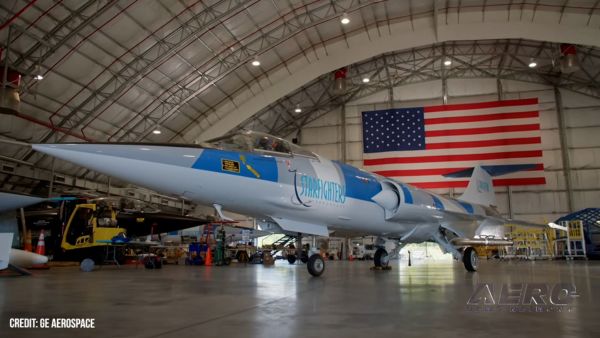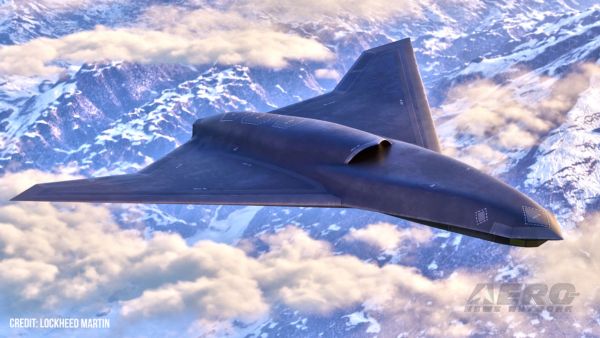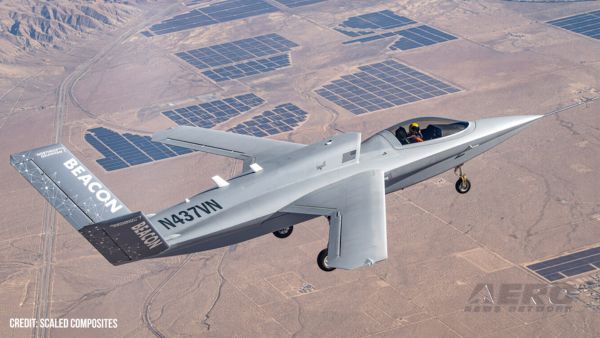Wed, Aug 02, 2006
Aero-Tips!
A good pilot is always learning -- how many times have you heard
this old standard throughout your flying career? There is no truer
statement in all of flying (well, with the possible exception of
"there are no old, bold pilots.")
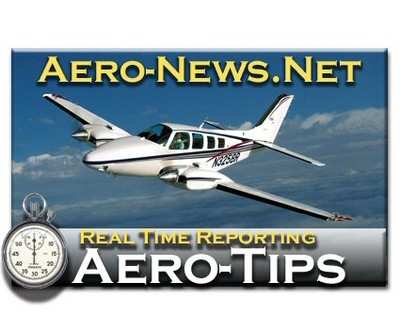
Aero-News has called upon the expertise of Thomas P. Turner,
master CFI and all-around-good-guy, to bring our readers -- and us
-- daily tips to improve our skills as aviators. Some of them, you
may have heard before... but for each of us, there will also be
something we might never have considered before, or something that
didn't "stick" the way it should have the first time we memorized
it for the practical test.
Look for our daily Aero-Tips segments, coming each day to you
through the Aero-News Network.
Aero-Tips 08.02.06 (5) red
underline -- headers 5 regular
One of the most critical components to engine temperature
management, and one of the most commonly forgotten items in
high-performance engine operation, is the cowl flaps. Cowl flaps
can profoundly affect long-term health and longevity of a
high-performance airplane engine - making it even less likely to
reach the factory recommended Time Before Overhaul (TBO).
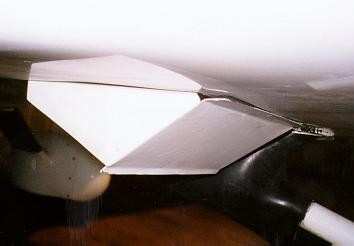
Cowl flaps are movable extensions of (usually) the lower engine
cowling that open or close to deflect the slipstream. When open,
cowl flaps deflect the slipstream and create an area of low air
pressure below the engine compartment. This draws air through the
cowling air inlets and across the cylinders, helping dissipate the
heat of combustion. It's especially important that cowl flaps
be open during high power operation at low forward airspeed-such as
takeoff and climb. In cruise closed cowl flaps create a smaller low
pressure area, but one still adequate for cooling at high indicated
air speeds.
Note: Open cowl flaps in cruise increase
airflow through the engine compartment, which also increases
"cooling drag" (increasing at the cube of the indicated airspeed).
In many models, leaving the cowl flaps open in cruise may cost five
knots or more in top-end airspeed.
Here's an easy mnemonic for remembering cowl flap use:
- C is for Checklists: Use printed
checklists -- start-up, climb, cruise, descent and after
landing.
- O is for Open cowl flaps for start-up,
taxi, run-up, takeoff, climb and for taxi-in after your clear the
runway.
- W is for Watch cylinder and oil
temperatures and close the cowl flaps as the aircraft
approaches cruise speed in level flight. But if the engine is
getting abnormally hot, or you're in a configuration where it's
likely to get hotter (taxi, takeoff or climb), open the cowl
flaps.
- L is for Leave the cowl flaps closed
for descent and landing.
Aero-tip of the day: Take care of your engine
by properly using the cowl flaps.
More News
“The goal is to also get to a semi-autonomous first flight, which means takeoff and landing will be done via push of a button. There is no stick and throttle. It will be able>[...]
Hazardous Weather Information Summary of significant meteorological information (SIGMET/WS), convective significant meteorological information (convective SIGMET/WST), urgent pilot>[...]
Aero Linx: International Bar Association Aviation Law Committee The Aviation Law Committee is concerned with several major areas of law. Aircraft transactions and financing are alw>[...]
From 2016 (YouTube Edition): Rotax Supports Their Engines With Training, Information, And Rapid Parts Service… Anyone who is even slightly familiar with sport aviation and h>[...]
The UAS Experienced A Total Loss Of Engine Power And Began An Uncommanded Descent On August 20, 2025, at about 0632 Alaska daylight time, a Platform Aerospace VA 001 Unmanned Aeria>[...]
 Aero-News: Quote of the Day (09.26.25)
Aero-News: Quote of the Day (09.26.25) ANN's Daily Aero-Term (09.26.25): Hazardous Weather Information
ANN's Daily Aero-Term (09.26.25): Hazardous Weather Information ANN's Daily Aero-Linx (09.26.25)
ANN's Daily Aero-Linx (09.26.25) Classic Aero-TV: Service & Support Guidelines - The Care and Feeding of a Rotax
Classic Aero-TV: Service & Support Guidelines - The Care and Feeding of a Rotax NTSB Prelim: Vu Holdings LLC/DBA Vanilla UN VA 001
NTSB Prelim: Vu Holdings LLC/DBA Vanilla UN VA 001


